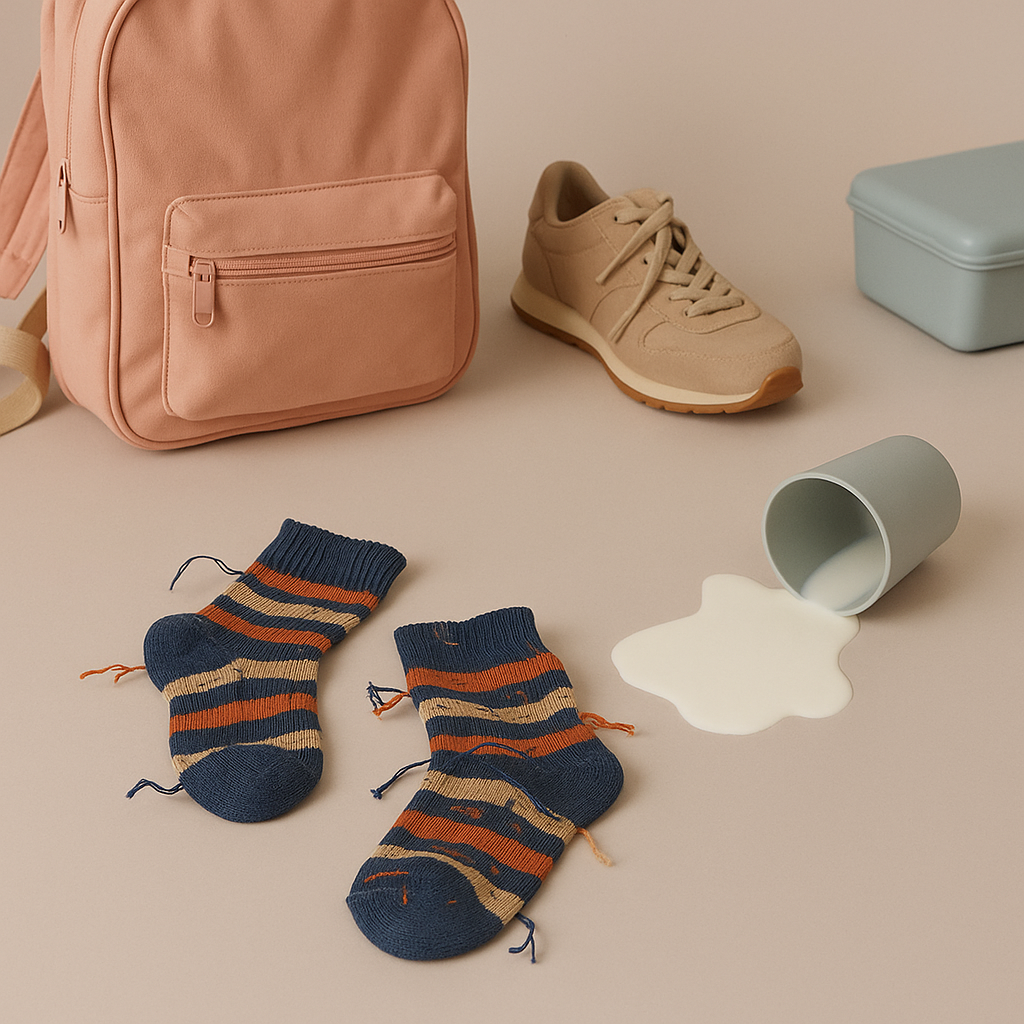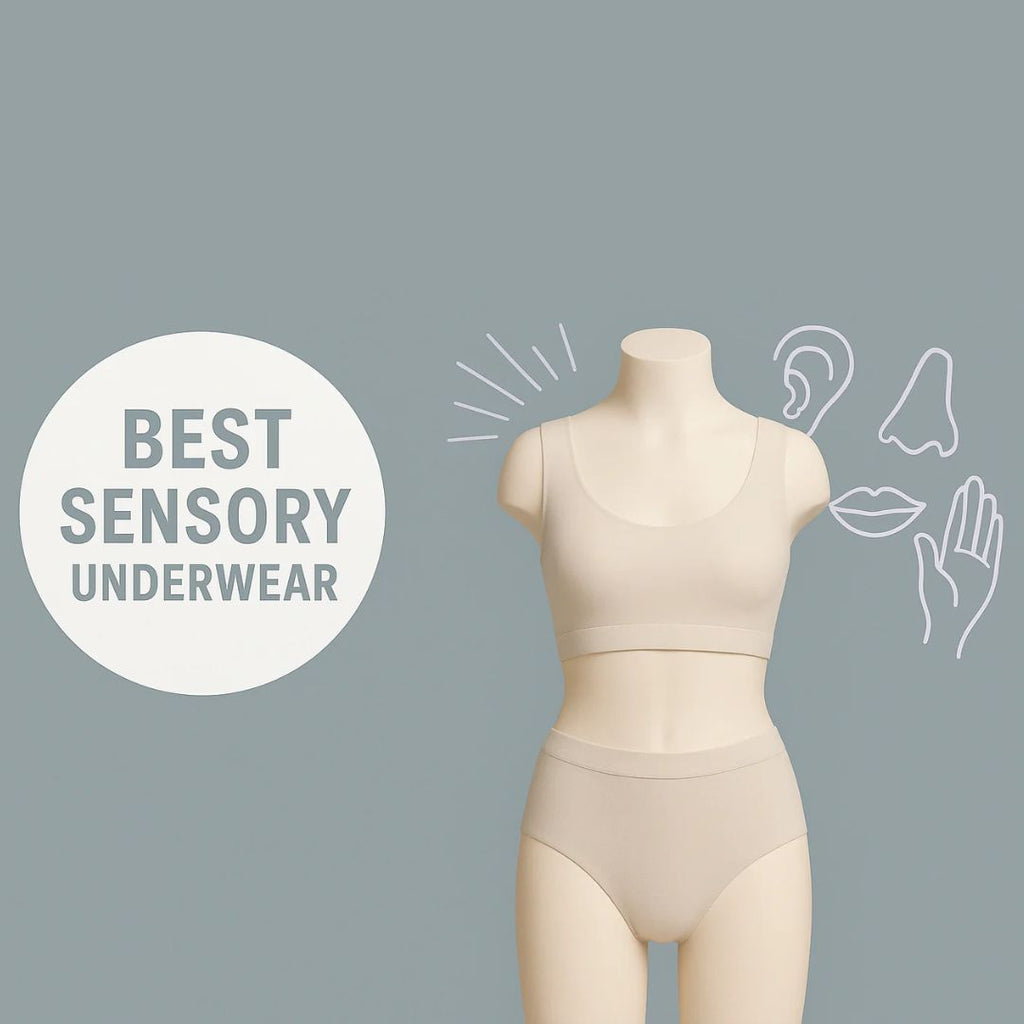Finding Calm at the Table: How Sensory-Friendly Clothing Helps During Mealtimes
When mealtime turns stressful For many families, sitting down for a meal is meant to be a calm moment of connection. But for families with sensory-sensitive children or adults, mealtime can be one of the most stressful parts of the day. The smells, textures, and new foods already create tension. Add in the discomfort of scratchy clothing or tight waistbands, and the stress only multiplies. Instead of enjoying food, the body is already overwhelmed. Why eating can be so overwhelming If you’ve ever wondered “Why does my child get stressed while eating?” the answer often lies in sensory overload. Sensitive children don’t just taste food; they experience every detail — the texture on their tongue, the smell in the air, the noise of cutlery. When the body is already distracted by itchy seams or restrictive clothes, it becomes nearly impossible to relax and try new foods. How clothing can create calm This is where sensory-friendly clothing can make a surprising difference. When a child feels physically comfortable, their nervous system is less likely to tip into overload. Soft, stretchy, seamless fabrics allow the body to settle, so more energy can go into tasting, chewing, and enjoying food instead of fighting discomfort. Some families even use weighted products at the table, such as a weighted collar, to provide deep pressure. That gentle, calming input helps children stay grounded and less reactive during meals. Everyday benefits families notice Parents who switch to sensory-friendly clothing often share similar experiences: calmer mealtimes, more willingness to try food, and less stress for everyone around the table. Children stay seated longer because their bodies feel safe. Stress reactions, like pushing food away or crying, happen less often. Weighted collars or accessories add deep pressure that keeps the nervous system calm. With less struggle, meals become about connection instead of conflict. A personal experience In our own family, food used to be a constant challenge. Our son would only eat bread with jam, refusing to even try other foods. We decided to give him the freedom to spit food out if he didn’t like it, and that one small agreement changed everything. Suddenly he was willing to taste more, because he felt safe. Over the years, he moved from extreme picky eating to a much broader diet. Other families tell us the weighted collar from Blusss was a lifesaver at the table. The deep pressure provided a sense of security, keeping their child from becoming overstimulated and helping meals pass in peace. FAQ: calm and comfort at the table Why does my child get stressed while eating?Because mealtime combines multiple sensory triggers — food smells, textures, and social pressure. For sensitive kids, clothing discomfort adds another layer of stress. How can clothing help create calm at the table?Soft, stretchy, seamless clothing removes irritation and helps the body settle, making it easier to focus on eating instead of discomfort. Are there weighted products that help during meals?Yes. Weighted collars or lap pads provide calming deep pressure, reducing overstimulation and making mealtimes smoother. Creating Space for Connection Meals should be moments of calm, not battles of stress. With the right clothing and simple adjustments, families can create more peaceful routines around the table. Sensory-friendly solutions help children feel safe enough to focus on food, conversation, and connection — turning a daily struggle into a shared moment of comfort. Discover our sensory-friendly and weighted clothing solutions designed to make mealtimes calmer for sensitive children and adults.
Continue reading









